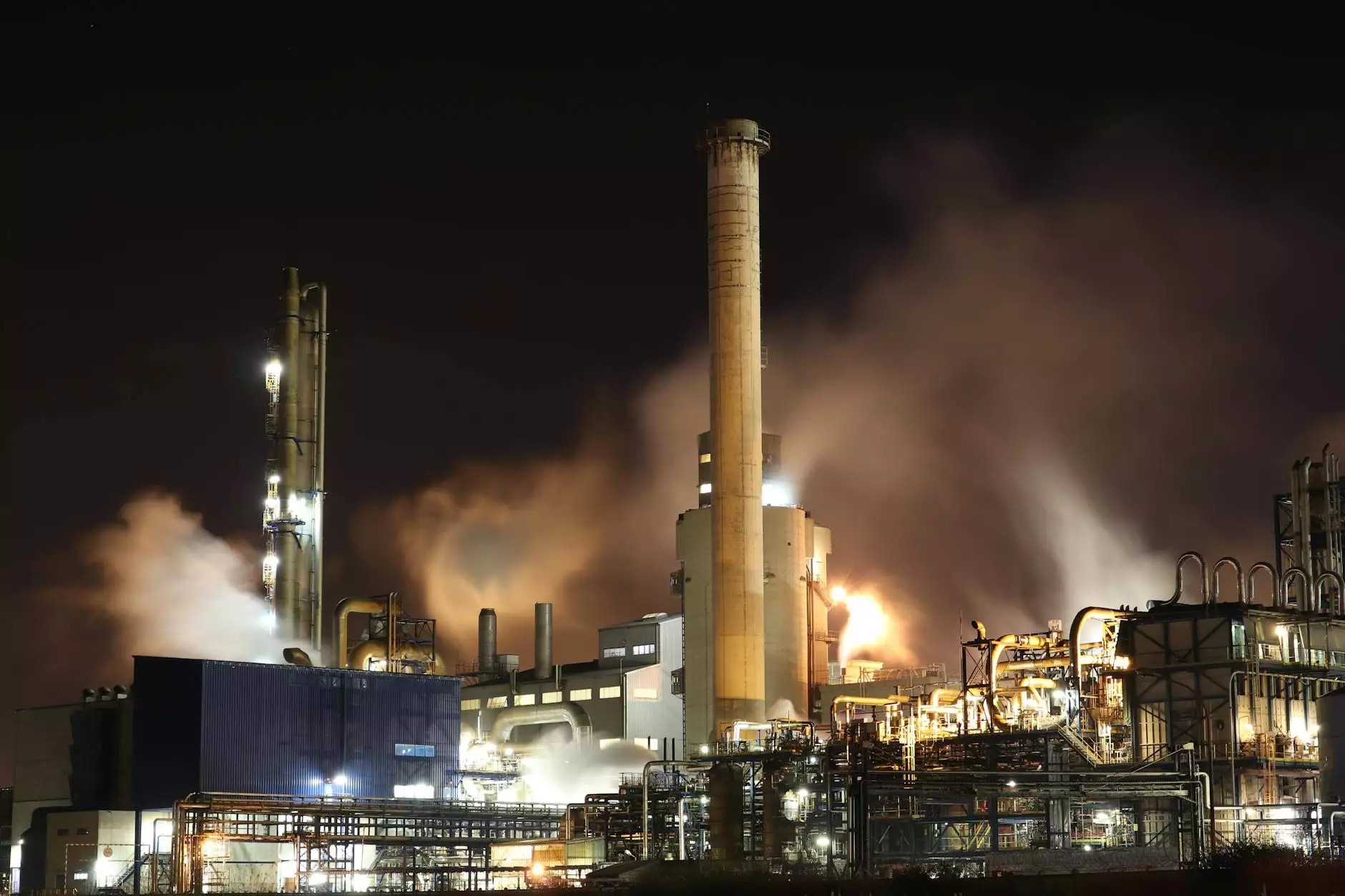Carbon Monoxide

Welcome to the Regency Square Care Center's page on Carbon Monoxide. In this comprehensive article, we will delve into the common types of poisoning, specifically focusing on carbon monoxide poisoning. Our aim is to provide you with detailed information regarding the symptoms, prevention techniques, and available treatment options for this potentially life-threatening condition.
Understanding Carbon Monoxide Poisoning
Carbon monoxide (CO) is a colorless, odorless gas that is produced by burning fuels such as wood, coal, gasoline, natural gas, and oil. When exposed to high levels of carbon monoxide, either through inhalation or prolonged exposure, it can lead to carbon monoxide poisoning.
Symptoms of Carbon Monoxide Poisoning
Recognizing the symptoms of carbon monoxide poisoning is crucial in ensuring prompt medical attention. The initial symptoms may resemble those of common illnesses, such as the flu or a cold. However, it is important to understand that carbon monoxide poisoning can be life-threatening if left untreated.
- Headache: A persistent, throbbing headache is one of the most common symptoms of carbon monoxide poisoning. It is often described as a dull, relentless pain that does not subside with typical headache remedies.
- Dizziness and confusion: Individuals suffering from carbon monoxide poisoning might experience dizziness, confusion, disorientation, and difficulty concentrating. These symptoms should not be taken lightly as they can indicate a serious underlying problem.
- Nausea and vomiting: Carbon monoxide poisoning can cause nausea, vomiting, and an upset stomach. These symptoms can be easily mistaken for food poisoning or other gastrointestinal issues.
- Shortness of breath: As the levels of carbon monoxide increase in the blood, it can lead to difficulty breathing, shortness of breath, and chest pain. If you experience these symptoms, it is essential to seek immediate medical attention.
- Fatigue: Feeling unusually tired, lethargic, or experiencing extreme weakness can be signs of carbon monoxide poisoning. These symptoms may persist even after getting sufficient rest and sleep.
Preventing Carbon Monoxide Poisoning
Prevention is key when it comes to protecting yourself and your loved ones from carbon monoxide poisoning. Here are some essential tips to minimize the risk:
- Install carbon monoxide detectors: It is crucial to have working carbon monoxide detectors installed on every level of your home, especially near bedrooms. Regularly check the batteries to ensure they are functioning properly.
- Maintain ventilation systems: Proper ventilation is essential to prevent the buildup of carbon monoxide. Regularly inspect and maintain your heating systems, chimneys, and flues to ensure they are functioning correctly.
- Use caution with fuel-burning appliances: When operating fuel-burning appliances such as gas stoves, ovens, and water heaters, ensure that they are in good condition. Have them serviced regularly by a professional technician.
- Never use portable generators indoors: Portable generators should never be operated indoors, including garages or basements. They should be used outside, at least 20 feet away from windows, doors, and vents.
- Do not idle cars inside garages: Never leave your car running inside an enclosed space such as a garage, even if the garage door is open. Carbon monoxide from the exhaust can quickly build up and enter your home.
Treatment Options for Carbon Monoxide Poisoning
If you suspect carbon monoxide poisoning, it is essential to seek immediate medical attention. Prompt treatment can prevent further complications and potential long-term damage. Treatment options may include:
- Oxygen therapy: Administering supplemental oxygen is the primary treatment for carbon monoxide poisoning. This helps to remove carbon monoxide from the body and restore the normal oxygen levels in the blood.
- Hyperbaric oxygen therapy: In severe cases, hyperbaric oxygen therapy may be recommended. This involves breathing pure oxygen in a pressurized chamber, which helps to eliminate carbon monoxide more rapidly.
- Monitoring and supportive care: Medical professionals will closely monitor your condition and provide supportive care to address any other symptoms or complications arising from carbon monoxide poisoning.
Remember, when it comes to carbon monoxide poisoning, prevention is key. By understanding the common sources, recognizing the symptoms, taking necessary precautions, and seeking immediate medical attention, you can protect yourself and your loved ones from this silent killer.
For more information on carbon monoxide poisoning and other geriatric and aging care topics, please explore the Regency Square Care Center website or contact our knowledgeable team.










